
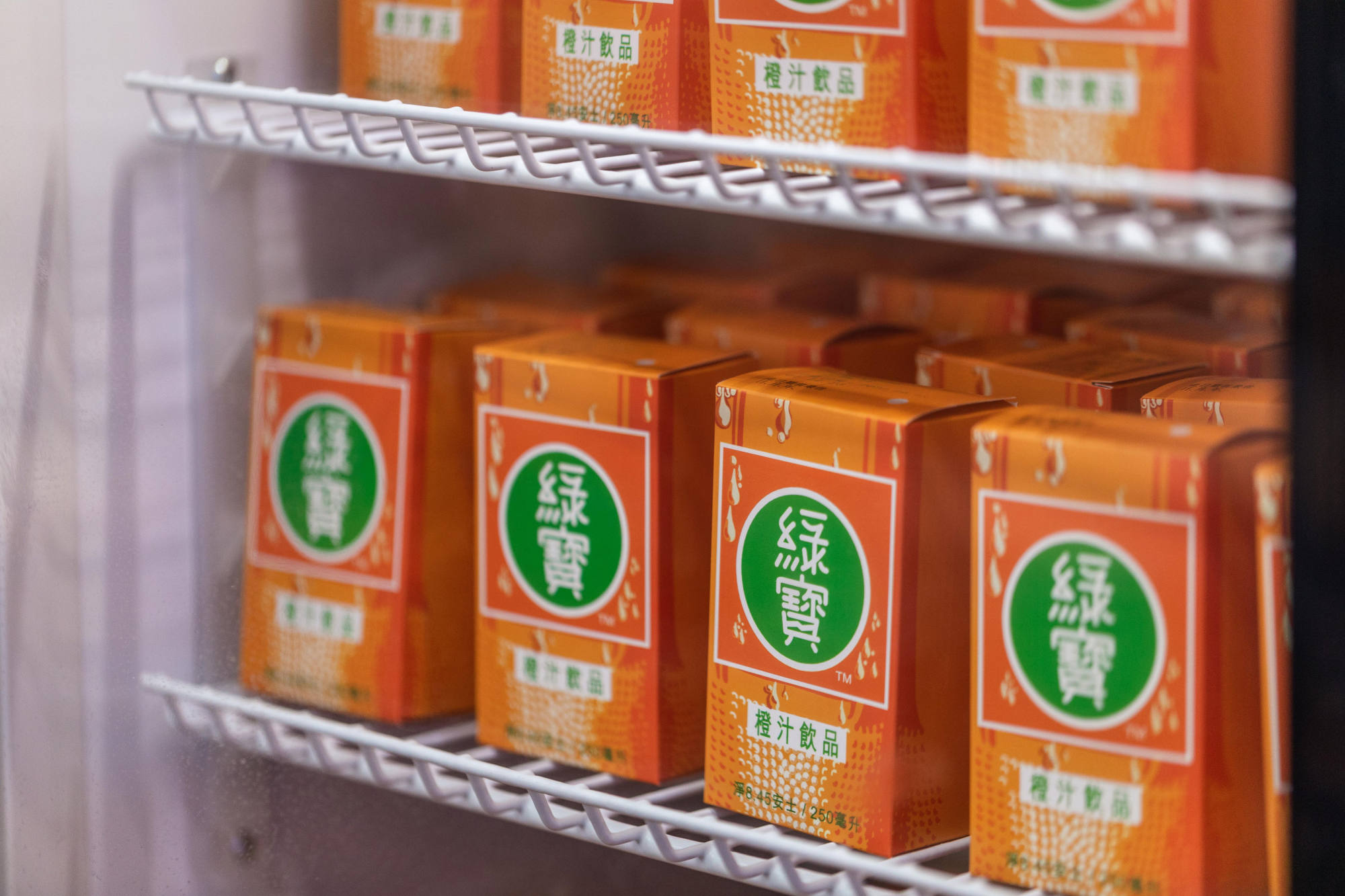
I know this is not what a typical cha chaan teng looks like, but I am still comforted by this replica of Hong Kong, the city where I grew up.
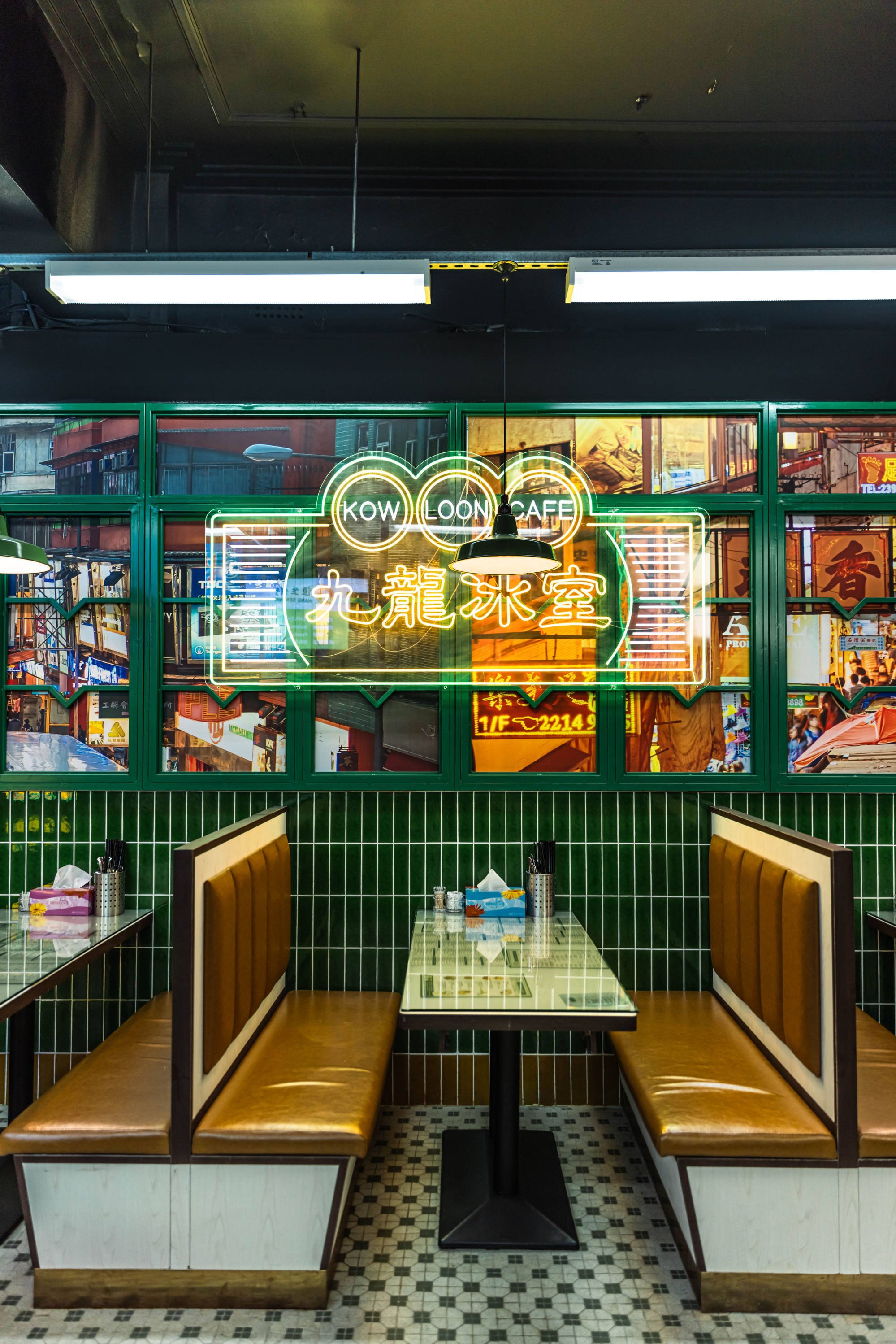
Moving to a new country is never easy, but uprooting at an uncertain time, when travel is difficult, makes it tougher.
There is no handbook referencing all the cultural subtleties and nuances that you are somehow supposed to pick up; or a guide to how to cope with culture shock, or to make new friends, or how long it will take for that ache deep in your stomach when you think of home to go away.
Yet food has the power to transport you elsewhere; even a simple bowl of noodles can bring me so much joy, especially when I’m craving the comfort and familiarity of my Hong Kong home.
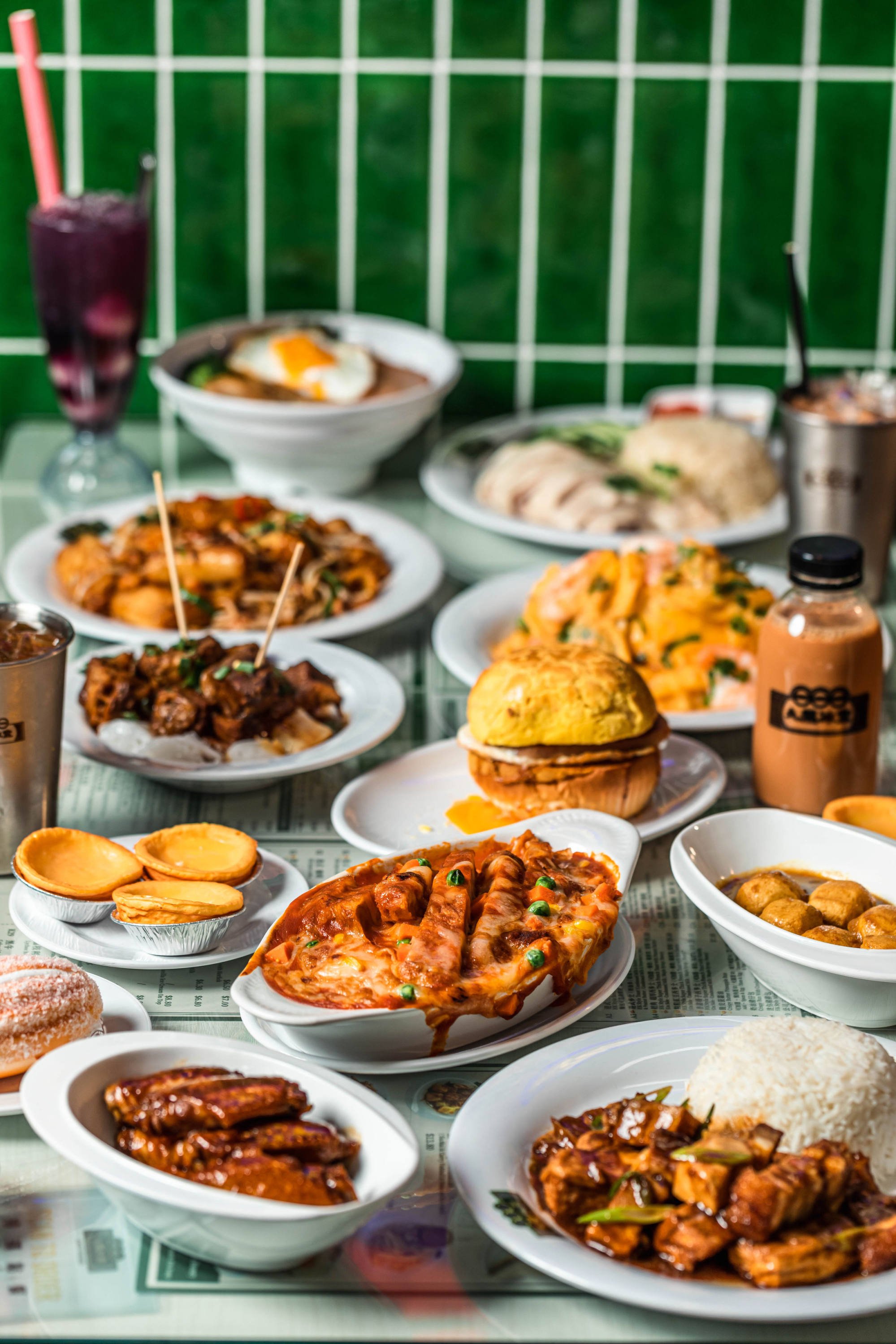
Many of them are in suburbs such as Burwood, Eastwood and Chatswood, catering to a large population of resident Hongkongers, and they create a corner of retro Hong Kong.
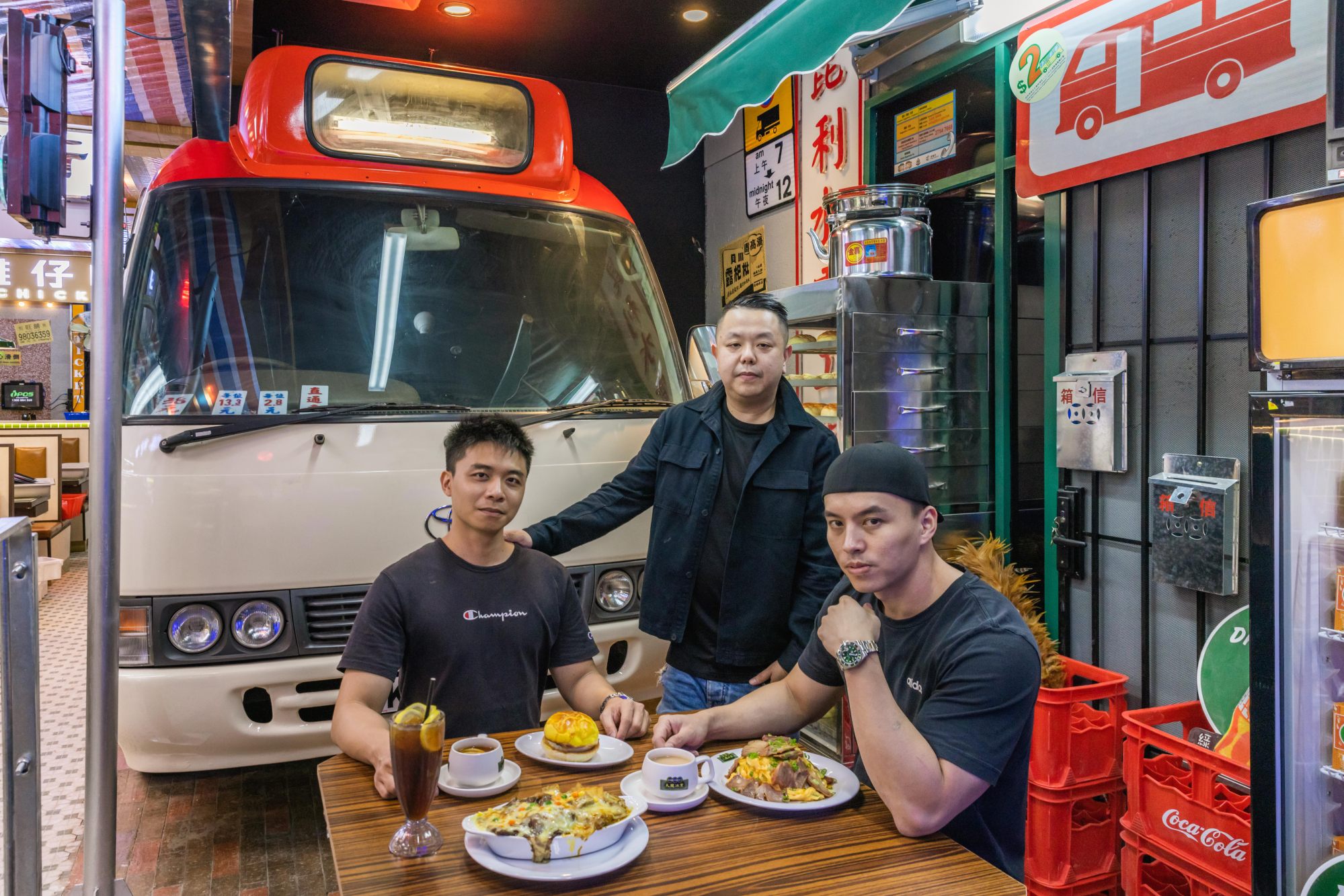
“We had the best music, fashion, food, culture and I’m very proud to have been born and brought up in that era. It’s becoming a lost culture, and I don’t want it to go extinct – I want to preserve it.”
The Haymarket location replicates a typical streetscape in Hong Kong; Burwood features the red minibus; and in the newest, Eastwood branch, you can dine inside a replica of a Hong Kong tram, which was custom-built for the restaurant. Hong Kong Tramways even sent over an official plaque that Chui has placed on the side of the carriage.
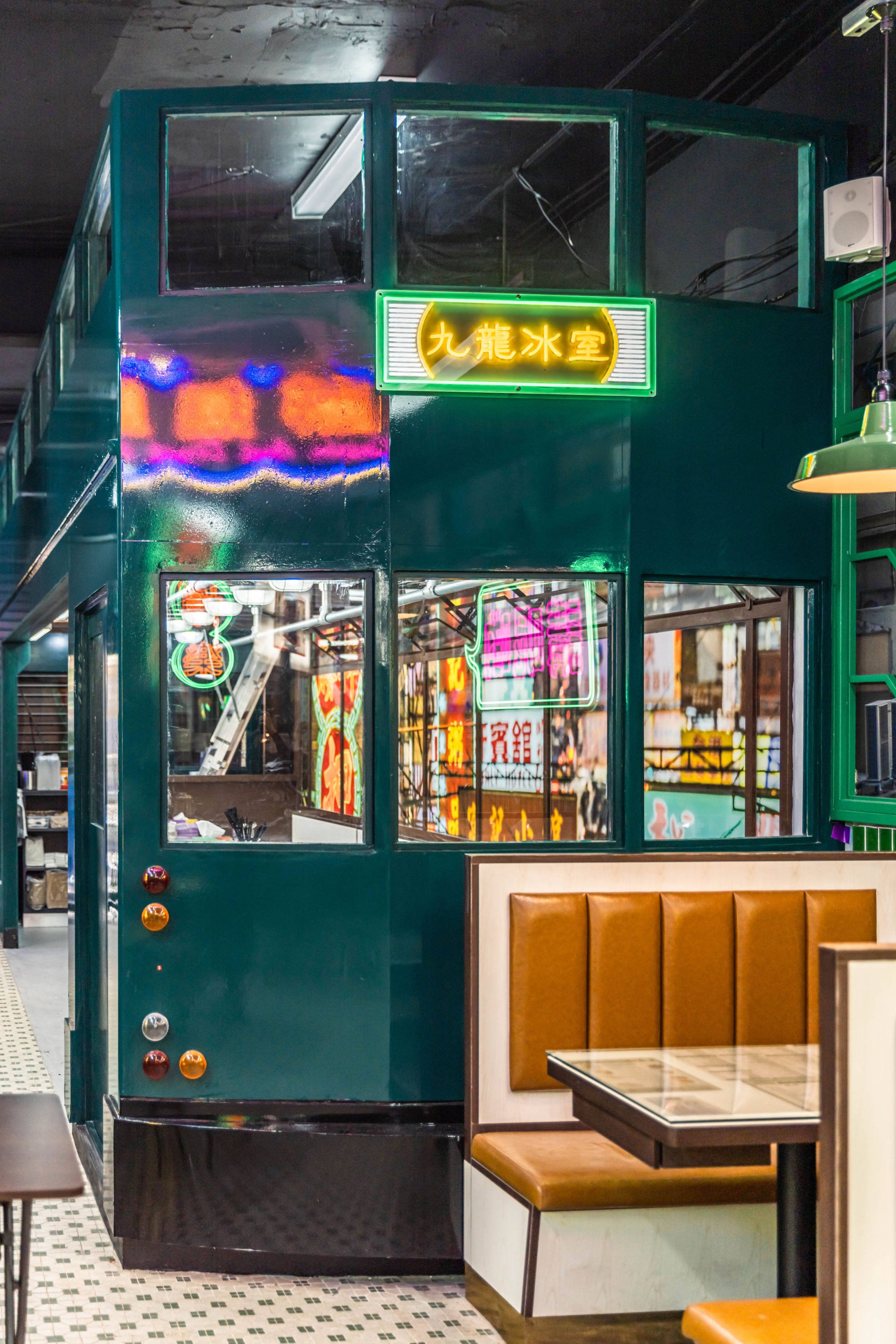
His restaurants attract a steady stream of influencers, who film the food as well as the decor.
Chui notes that because of the number of Hong Kong-style cafes that have opened over the past two years, Hong Kong food has become better understood.
We want to keep the beautiful part of Hong Kong alive, and to mix traditional and new things together
For Diana Tsang, who also moved from Hong Kong to Sydney in 2022, cha chaan teng are an opportunity to meet other Hongkongers and offer some respite for the homesick.
She is queuing with her husband at another Hong Kong-style cafe in a shopping centre in the Sydney suburb of Rhodes.
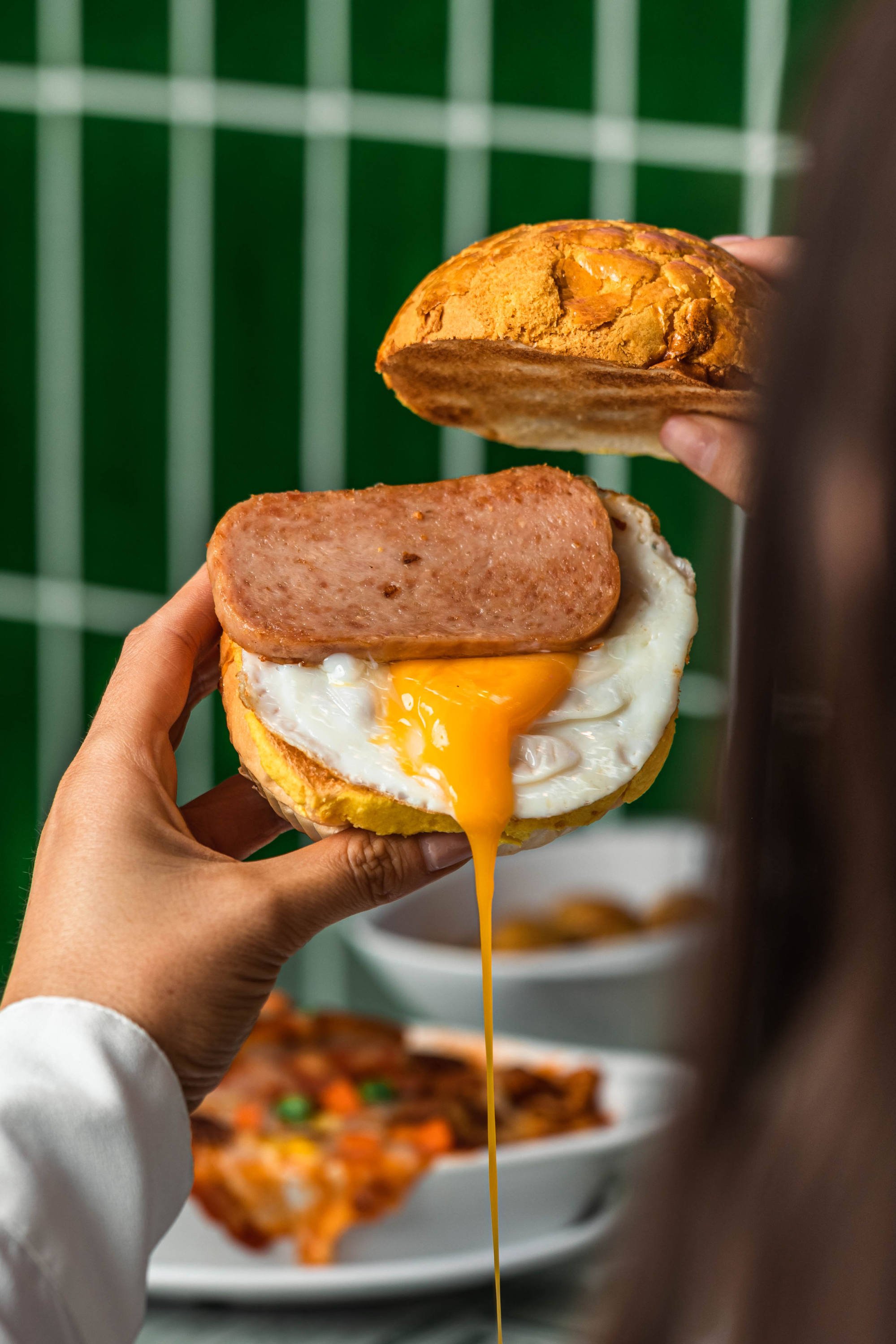
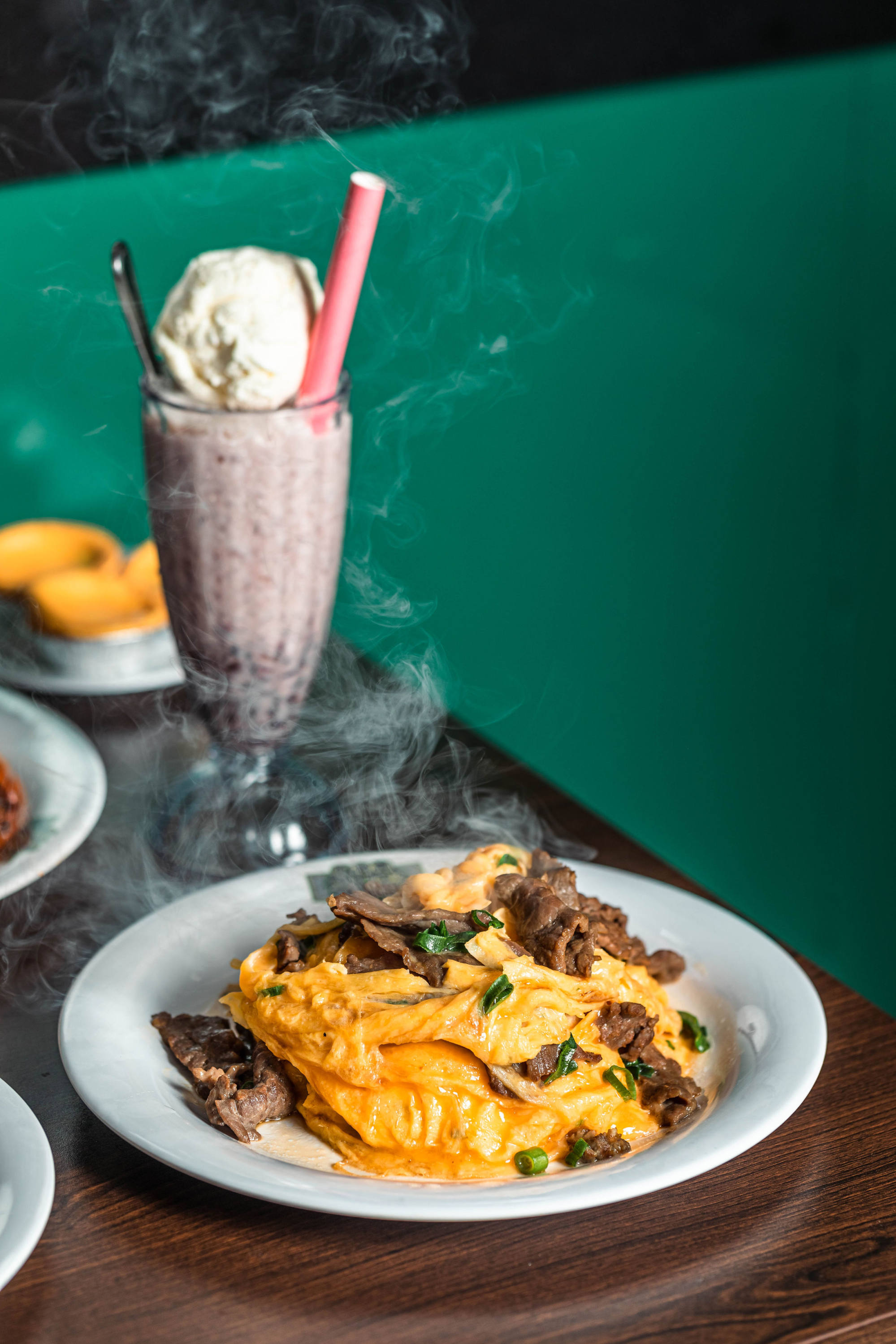
The restaurant has signs for a Giordano clothes shop, the Mannings healthcare chain, Midland Realty property agents and other everyday Hong Kong stores hanging from the ceiling, and there’s a section designed to look like the MTR, Hong Kong’s subway train network, complete with subway chairs, a map and handles that hang in its trains.
“Sometimes I see many elderly people eating alone, and having a nice conversation with the staff,” Tsang says. “Moving abroad can be lonely, so it’s nice people have a place to go where they can eat food from home.”
One of the first Hong Kong-style cafes that opened in Sydney was Hong Kong Bing Sutt, in 2016, located on a quiet street in Burwood.
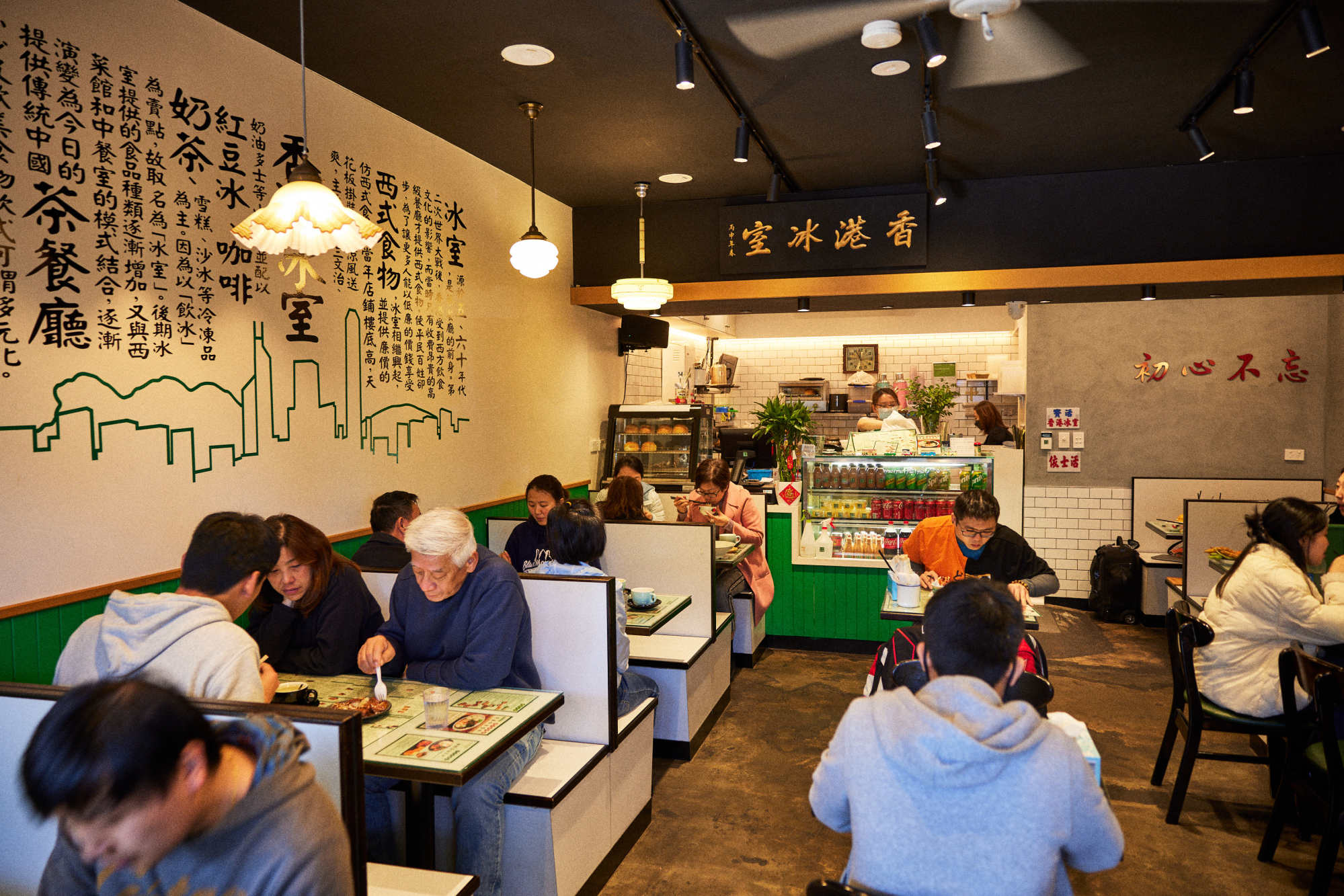
“I noticed that old-school-style bing sutts [literally “ice rooms”, and another word a for Hong Kong-style cafe] were becoming popular in Hong Kong at that time,” says Cheung.
“We love food, my wife loves design, and I love old, vintage things. We wanted to bring the food and style of Hong Kong to Sydney, with our own character.”
It’s a love letter to Hong Kong: diner food and tea served in a London cafe
It’s a love letter to Hong Kong: diner food and tea served in a London cafe
The space is more subtle than the other cha chaan teng, but it is filled with memories of the couple’s life together.
They have written addresses that are significant to them on traditional letterboxes and put their daughter’s name on one of the signs.
Cheung has painstakingly designed a lot of the elements, and he points one out to me: a pre-1997 birth certificate.
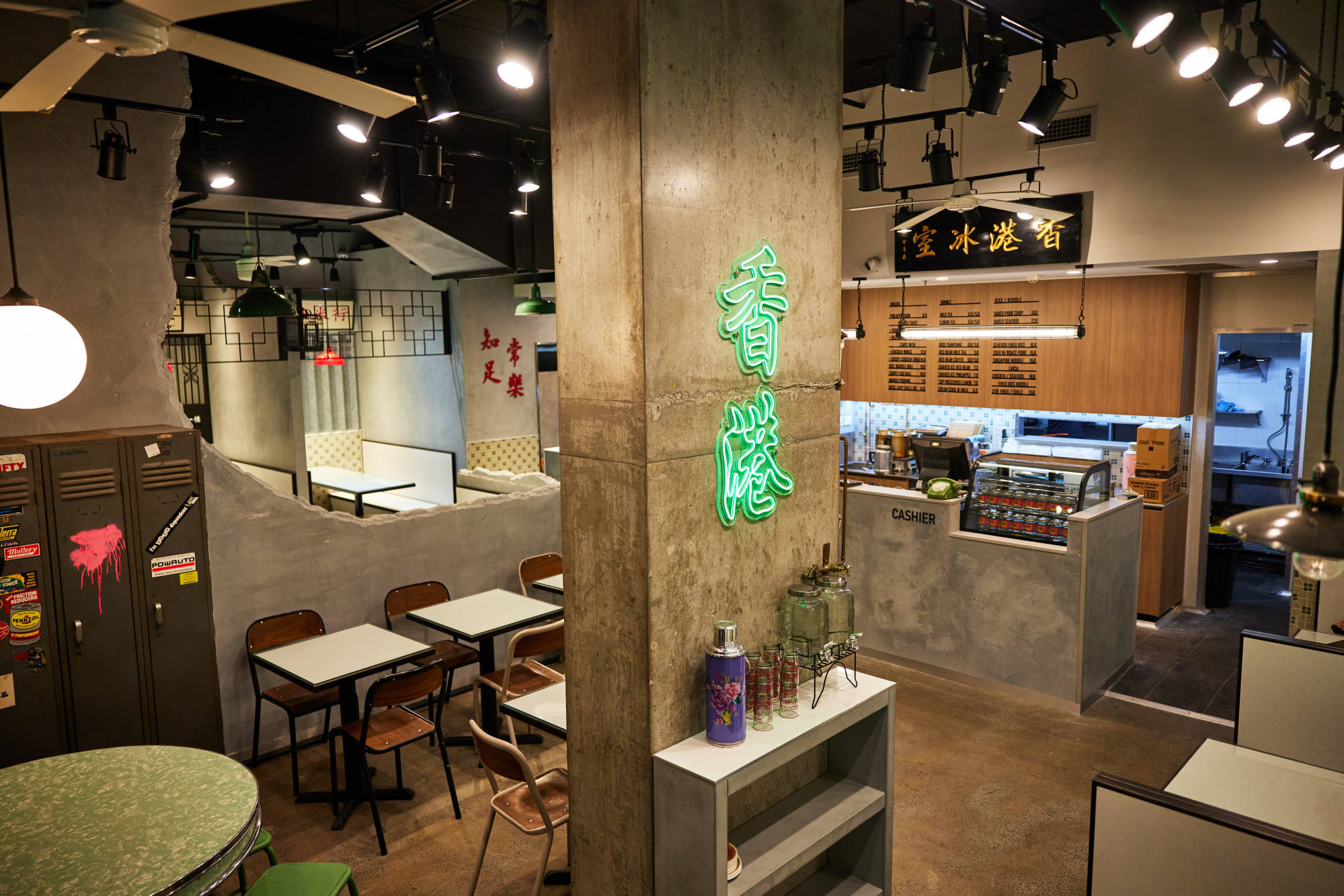
“People are always thinking of their past,” he says, when I ask why he thinks retro Hong Kong has become so popular.
Chan and Cheung hoped to cater to the many Hong Kong immigrants living in the area, and only a month after they opened, long queues were beginning to form outside.
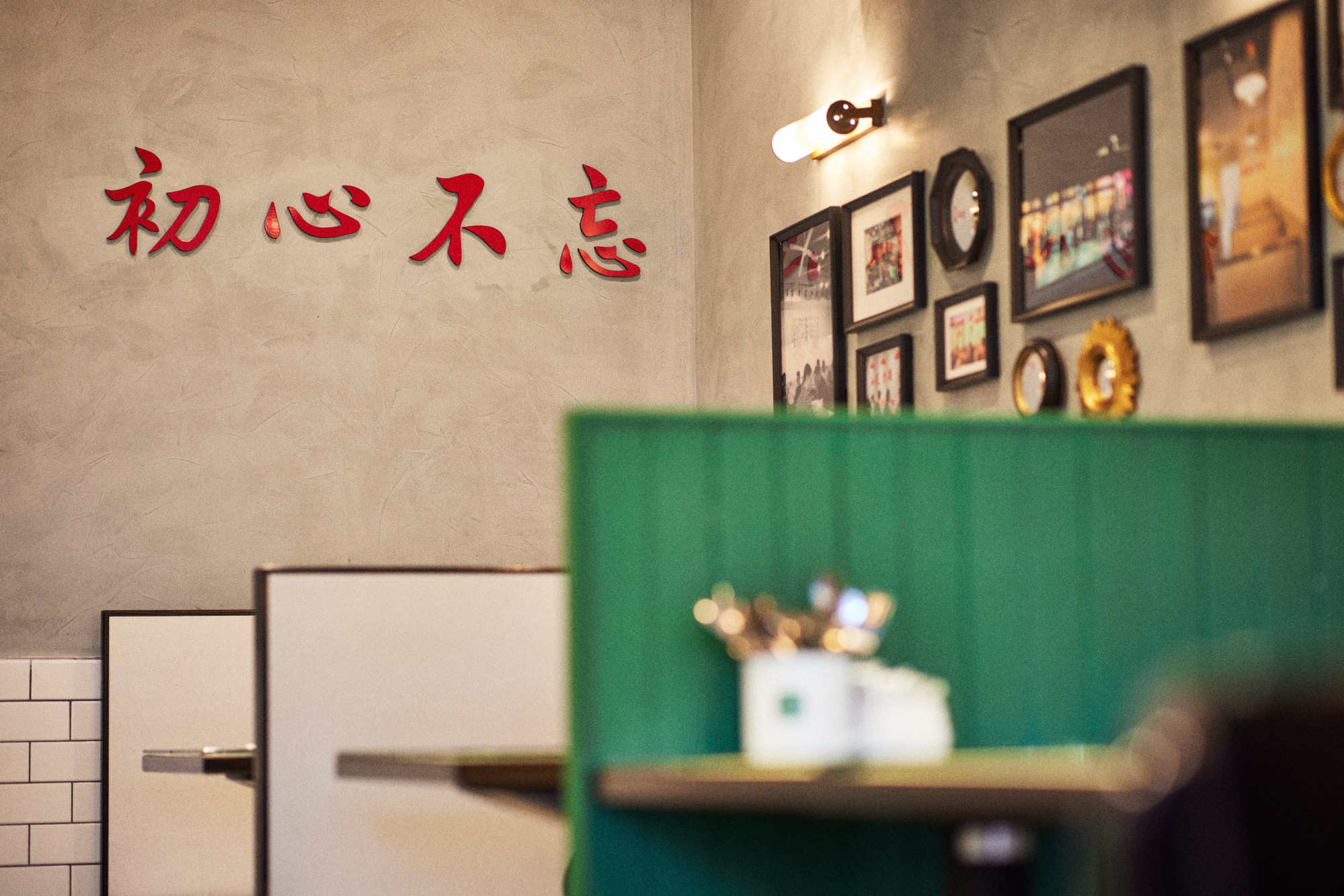
“People would line up for almost two hours,” Chan says. “It’s not just food, it’s the feeling. The music, the style. We want to keep the beautiful part of Hong Kong alive, and to mix traditional and new things together to create new ideas.”
In the seven years since they opened, they have befriended several regulars, from couples who started dating there and now have children, to elderly people, families and students.
“That’s what Hong Kong Bing Sutt is to me, the feeling of home and family. I want people to feel like home when they come here, that they can still find a corner of Hong Kong in Australia.”
Beneath the kitsch, Chinatown in San Francisco is reinventing itself
Beneath the kitsch, Chinatown in San Francisco is reinventing itself
Although some of these places are very different to the small, packed cha chaan teng in Hong Kong, these operators in Australia are dedicated to recreating parts of home that are special to them, and that speak volumes about their love for and pride in the city.
“We really love Hong Kong,” Chan says. “We don’t have to say it, but we want people to feel that love when they come here.”

